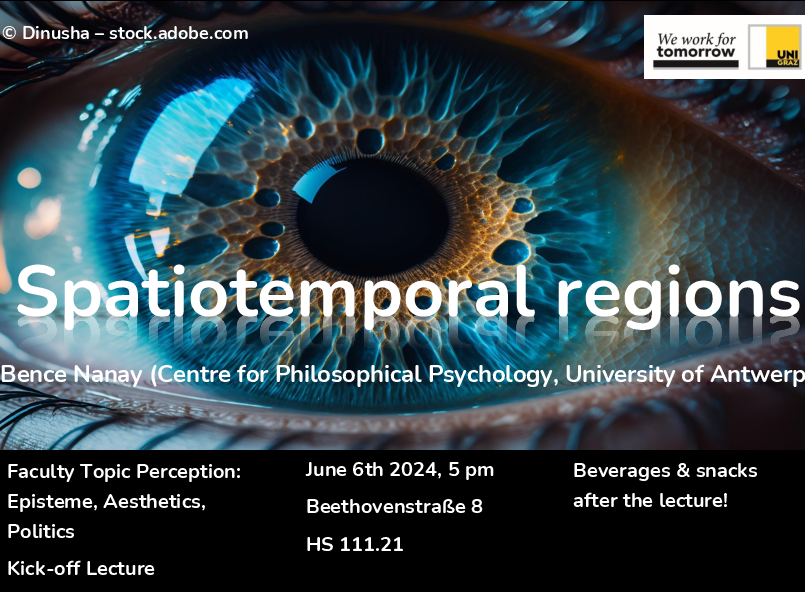According to an influential line of argument in the 20th century, “broadly speaking, aesthetics deals with a kind of perception” (Sibley 1965, p. 137, see also Dewey 1934). But on the face of it, this claim is simply absurd: there is so much more than perception that goes into our engagement with art. How can we then restrict aesthetics to ‘a kind of perception’? And much of what has happened in the art world in the last decades could be described as a reaction against this primacy of perception: some branches of conceptual art very clearly aim to question the primacy of perception and replace it with some form of conceptual engagement.
My aim here is to argue that we can indeed understand much of our engagement with art in terms of perceptual phenomena: we can use philosophy of perception to understand aesthetics. But, crucially, not all perceptual phenomena is perception and philosophy of perception is not only about perception. Here is another perceptual phenomenon: mental imagery, something that is very clearly part of philosophy of perception, regardless of how narrowly we conceive of philosophy of perception. I want to argue that many non-perceptual aspects of our engagement with art can be explained in terms of mental imagery.
Further Informations
